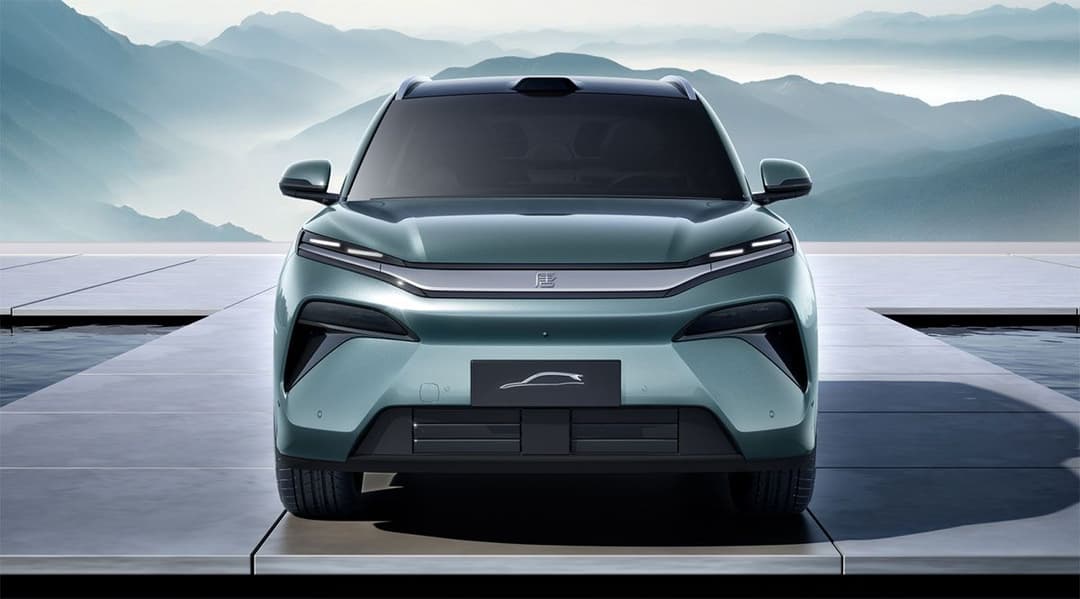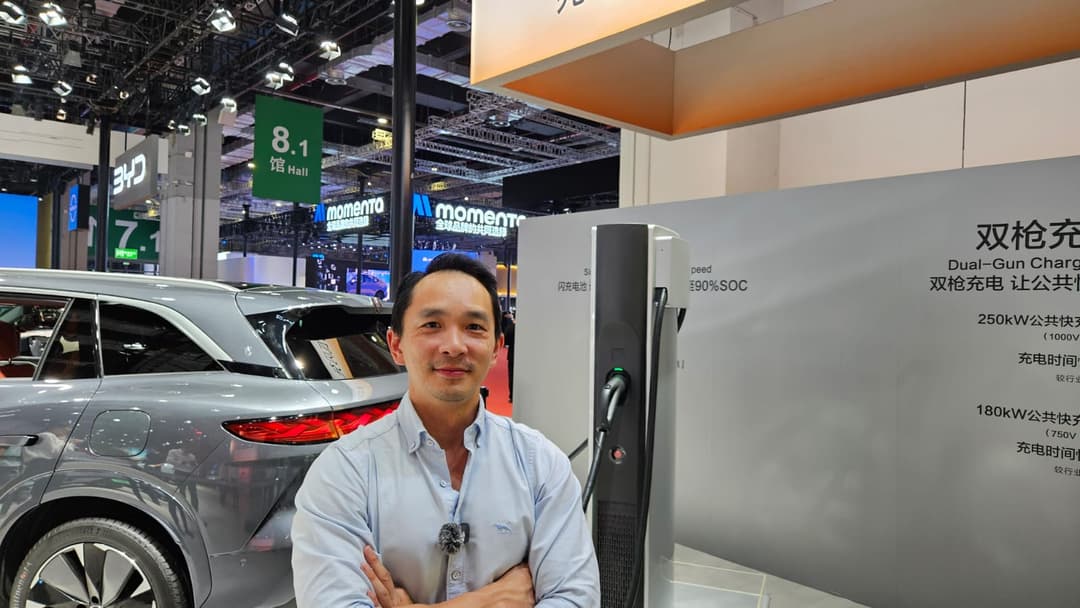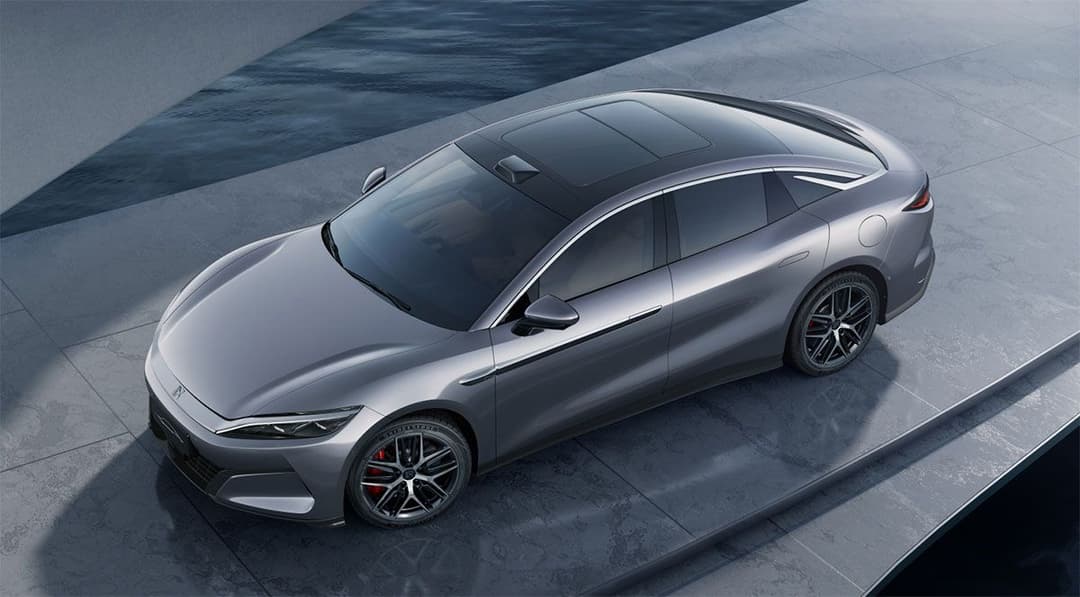Chinese EV giant BYD is making headlines again, this time for delivering more than 21,000 units of its two latest high-performance electric vehicles in just their first month. The Han L sedan and Tang L SUV are the first models to debut BYD’s revolutionary “Super e-Platform”, which enables charging as fas as refuelling at a petrol station.
Lets break down why these new BYD flagships matter and what they could mean for the future of ultra-fast EV charging globally, including Australia.
First Month, 21,000+ Sales
April was a milestone month for BYD. According to the company’s official sales figures, BYD moved 10,483 Han L sedans and 11,406 Tang L SUVs, barely weeks after deliveries began mid-April, right before the Shanghai Auto Show.
▶️MORE: BYD Overtakes Tesla in Global Sales as Chinese EV Giant

Faster Than Filling a Petrol Tank
At the heart of this success is BYD’s new 1,000kW-capable “Super e-Platform.”
When connected to a compatible charger, these vehicles can gain 400km of range in just 5 minutes, a charge time on par with or even faster than refueling a petrol or diesel car. BYD says the platform supports 10C charging, meaning a battery can theoretically charge ten times in an hour.
That’s a huge leap forward in EV practicality and convenience, and it’s not just theoretical. Real-world charging infrastructure is already coming online to match. Reports suggest that BYD already has several live sites of its super fast chargers in Shanghai and Shenzhen.
▶️MORE: BYD Reaches 1 Million EVs And Hybrids in Q1 Sales

High-Speed Hardware to Match
To handle such high-voltage action, both models use BYD’s second-generation Blade battery, with an 83.2kWh capacity, and run on a system rated at 1,000 volts and 1,000 amps. That’s enough to add 2km of range per second under ideal conditions.
Both the Han L and Tang L are also equipped with BYD’s new electric motors capable of spinning over 30,000 rpm, setting a new production vehicle record. The motors pump out 580kW of power with an exceptional 16.4kW/kg power density, enabled by cutting-edge Silicon Carbide (SiC) power chips that can handle extreme current and voltage demands.
▶️MORE: Australia’s EV Market Set or Massive Growth in 2025

Flagship Performance, Competitive Price
Despite all that tech, the prices are surprisingly reasonable for performance EVs of this calibre:
- Han L sedan: from approximately $58,500 AUD
- Tang L SUV: from approximately $60,300 AUD
Given their pricing, it’s no surprise that demand is already outpacing supply, and early sales are showing strong market appetite for high-speed EVs with minimal downtime.
▶️MORE: What BYD Cars Are Coming To Australia in 2025
Charging Network in Motion
The tech is impressive, but it only works if the charging infrastructure can keep up. That’s why BYD has already begun building out ultra-fast charging stations to support the new models.
The first of these 1,000kW-capable sites recently opened in Shenzhen, featuring twin-plug chargers with extra-long cables to accommodate a variety of EVs. The site was built in collaboration with oil and gas giant Sinopec and Shenzhen’s grid operators, hinting at a broader rollout across China in the future.
Stay up to date with the latest EV news
- Get the latest news and update
- New EV model releases
- Get money savings-deal
